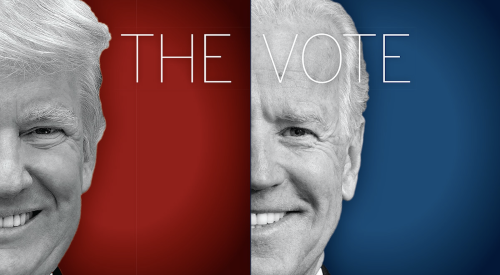Recent analysis from Curbed looks at how political views change based on where an individual lives and how they commute.
The study, done by Patrick Adler of the University of Toronto’s School of Cities, found that the divide between renters and homeowners, as well as driving commuters versus public transit users, tracks strongly with the country’s political divide. Congressional representatives were far more likely to vote with President Trump if they represented areas with high levels of homeownership and car commuting. Representatives from districts with strong numbers of renters and public transit commuters were much more likely to oppose the administration’s legislation.
The divides along housing and commuting lines were just as strong or stronger than traditional dividing factors such as race, level of education, and access to health insurance.
When it comes to Congress, Republicans are the party of homeowners and drivers; Democrats are the party of renters and transit users. Since city-dwellers are more likely to rent and to use mass transit, these findings reflect the powerful role of rural and urban density in shaping America’s congressional lines, especially this midterm election.













